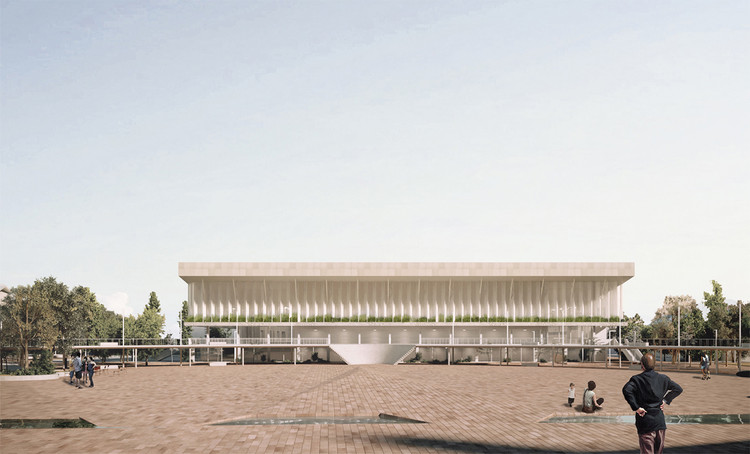
This article was originally published on Common Edge as "Presenting Architecture as Progressive, but Practicing Through Exclusion."
For a profession that likes to congratulate itself about how well-meaning it is, and sees itself as liberal, diverse, open, and progressive, British architecture has a serious problem with diversity of pretty much every kind. It is dominated by people from well-off backgrounds. It trains a lot of brilliant female architects but doesn’t pay them as much as men, and loses many of them after 30 when they are not supported in balancing work and family life. Its ethnic makeup is very, very white, considering that it’s 2020. A supposed beacon of success is the acceptance of the LGBTQ community within the field, but as with women and those from and religious and ethnic minorities, stories of unprofessional comments, inappropriate jokes, and insidious forms of jovially “innocent” othering and the diminution of identity-specific concerns abound.










_NAARO_-_Copia.jpg?1606329213)










































_Del_Rio_Bani.jpg?1608748851)

.jpg?1609149520)

.jpg?1609149607)
.jpg?1609149611)
.jpg?1609149614)














